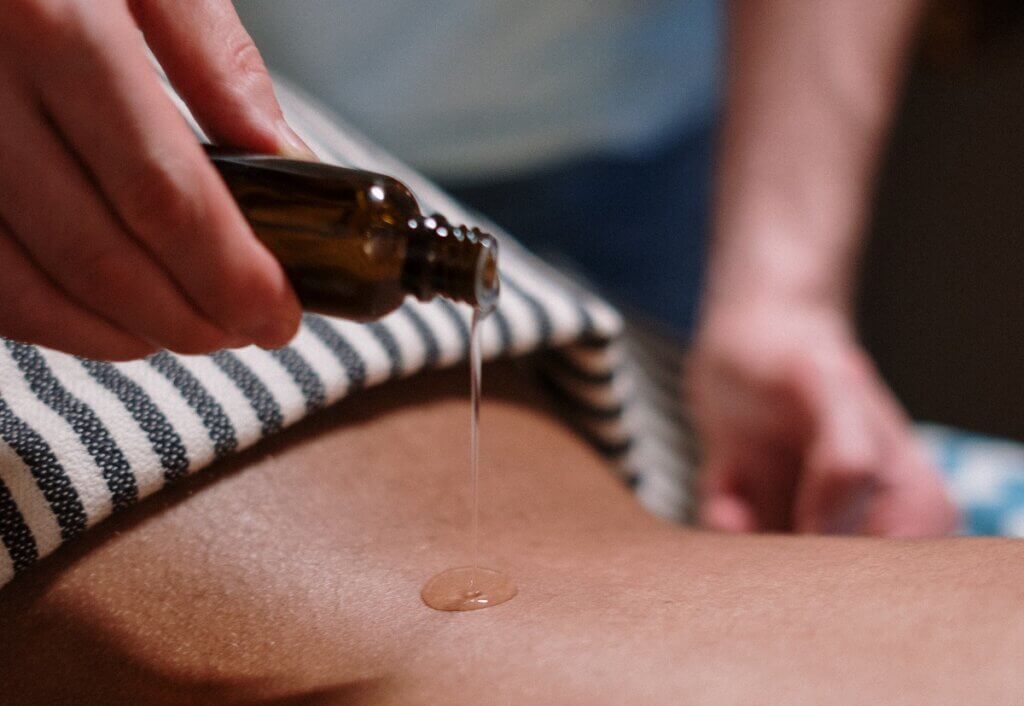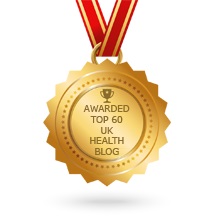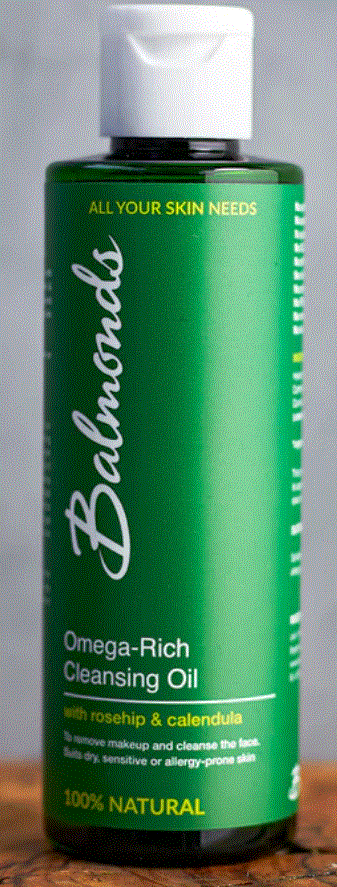If you’re nervous about having a massage due to sensitive skin you’re not alone.
If you have eczema, psoriasis, acne or topical steroid withdrawal, spa days and massage treatments can be daunting experiences. You’ve probably felt the itch and had hives after what should have been relaxing and calming facial. It can be frustrating that you can’t enjoy the simple pleasures that your friends with ‘normal skin’ can.

Here are some things you can do to keep your skin calm and soothed whilst still enjoying the pampering:
- Do your research – If you can, phone ahead and find out what oils they use. You might find that they are OK for your skin and the spa or masseur should be able to tell you all the ingredients in the oils they mix of the brands of products they use. Ask to read them yourselves as someone may not read them all out if they don’t think they’re important.
- Nut Allergies – Tell them about your allergies, including latex, nickel, nuts, dairy. Some massage oils contain unrefined nut oils which would cause a reaction for someone with a nut allergy.
- Latex allergy – Also make sure they do not wear latex gloves to do the massage. This may sound insane but it can happen. If the person doing the massage is allergic to the oil they may wear latex gloves and might not think to tell you this unless you’ve explained your latex allergy. Certain fruits can also cross react with latex such as avocado so make sure to avoid these too. Read ‘Latex allergy fruit cross reactions’.
- Take your own safe oil. Massage oils can often contain nut oils which may not be refined. Other essential oils can be too harsh for sensitive skin so play it safe. If you can test an oil at home on a small area of skin before going this is the safest thing to do. I took my own Balmonds Rosehip and Calendula, omega rich oil (which contains sunflower, safflower, rosehip and calendula). Use code: WHATALLERGY for 20% off all Balmonds products. This oil is not cheap but it will last you such a long time. I use it on patches of skin that will not heal for its healing qualities and it’s still going strong.
- Parabens – Look out also for parabens listed as an ingredient in any massage oils. These should be avoided if you have sensitive skin.
- Go prepared in case of a reaction – Take your favourite cream or emollient, a tubi-grip or bandages and antihistamines and pain killers, just in case you do react to something, or just get itchy anyway.
- Avoid any scented oils – Strong synthetic oils and products with lots of chemically ingredients might be too harsh for sensitive skin.
- Explain your situation – Explain about your skin and tell them any areas you’d like avoided, eg. face, any flarey patches, sensitive skin. Tell them about Topical Steroid Withdrawal or any other condition you are experiencing so they can take care where needed.
- Beware grape seed oil – this is touted as safe and simple base oil but I find it very irritating. I’ve been told over and over that no one can be allergic to it, so listen to your gut. If it starts to itch, tell the masseuse. After two or three physio sessions leaving the backs of my knees ravaged with hives I’ve finally accepted grape seed oil isn’t’ for me. You may be fine with it, but just because someone says it’s safe doesn’t mean it is!
- Candles and joss sticks – If you have asthma, ask if there are candles and joss sticks burning. They can add to the ambience and experience for most, but if you have breathing problems, it could restrict your airways and trigger an asthma attack.
- Relax and enjoy xxx
I hope these tips help. What’s important is being open, honest and communicating what you need. Spa’s and massage therapists are there to give you relaxation and will always, in my experience, accommodate any requests to use your own oil etc. Don’t be shy about speaking up
Heat, pressure and lymph nodes can cause irritation
If you notice that you always get very hot, slightly itchy skin and sometimes hives every time you have a massage, despite how careful you are, which oils are used etc. it may just be that you have sensitive skin.
- Heat – Massages can heat up the skin and that in itself can cause mild irritation.
- Oil – Adding oil to the massage can add to the heating up sensation, and masseurs may also use warm towels, hot stones etc.
- Pressure – Self-explanatory, it’s all adding to some potential mild irritation if you have sensitive reactive skin.
- Lymph nodes – These can be situated near the skin’s surface and can also be activated, to release toxins and this can cause mild irritation. It’s a good thing to get them pumping!
Remember the heat will pass, if you can ride that irritation out without itching, the incredible relaxation and release that a massage can bring far outweighs the irritation.
‘Waking up’ the itch or irritation of the skin can be triggered by heat, pressure, rubbing or scratching. An itch attack can be brought on by any of these things on skin that felt calm and itch free before stimulation.
Ruth Holroyd, what allergy blog
Can you enjoy a massage whilst in topical steroid withdrawal?
We are all different but from my own experience, I did have times where I felt my skin was calm enough to have a massage. The benefits it brings in terms of calming the heart rate, reducing anxiety and helping you feel still, relaxed and at peace can be so beneficial.
I had a few massages whilst my skin was quite bad and both times I didn’t regret it. Be honest and explain TSW and what that means for you. If there is a language barrier just explain you are very sore and need them to be gentle and voice the affected areas. Whatever you feel is right for you.
Even the sensation of the skin heating up from the massage motion can trigger itching, hives and discomfort, both in TSW and for those with eczema. See if you can just be still and notice whether you can let it be, and let the itch pass. I often get some discomfort but it’s not all consuming and the absolute relaxation is worth it.
Massage through clothing
It is also possible to do a gently and simple massage whilst still clothed. You won’t get the deep tissue stimulation but if you really can’t have someone touching your bare skin, this is a safe alternative. And far from being second best, I felt so safe and so relaxed afterwards without the awkwardness of being almost naked and needing to be woken, asked to get dressed, get up and move out of the room. Far from it, I was able to stay snuggled up on the comfy chair till I was ready to move.
After massage care…
So you’ve had your massage, now what?
- Drink plenty of water – Make sure you drink lots of water or herbal tea after a massage. Hydrate and capitalise on the goodness massages can bring to those aching tense muscles and body tissues.
- Calming itch attacks – Come prepared for potential irritation. Bring along a freezer ice pack. I bring one of those blocks, wrapping in a small towel or tea towel and inside a plastic bag to prevent other items getting damp. Apply the ice pack immediately after the massage and if you can, apply same emollient and cover with clothing, bandage or tubi grip.
- Expect some pain – This is particularly relevant to those of you who love a deep tissue massage. You can feel a bit bruised the day after a massage, especially if they’ve worked on some knarly tense bits. Don’t panic about this, just be gentle the next day. Applying a hot water bottle to the bruised feeling bits can release that final bit of tension.
- Reflect – Massages can bring up some very deep thought. Things can come up to the surface during and after a massage that you hadn’t realised were causing you anxiety or worry. Other times you’ll drift into complete tranquility and have no thoughts at all. You might even fall asleep. All of these are OK, but it can be helpful to journal how you feel afterwards. Learn from what comes up, it can be quite deep sometimes.
- Prioritise your own self-care – What always comes up for me is how much I’d love to have them more regularly… but I never stick to this! Not least because they’re not cheap. If you loved it, promise yourself to book more massages, even if it’s only a few times a year, because you’re worth it. You might have a totally different experience and have hated the whole thing; it’s not for everyone.
I’d love to hear your massage stories. Do you love them or hate them? What do you to stay safe and reaction free? Please comment below.













Leave a Reply